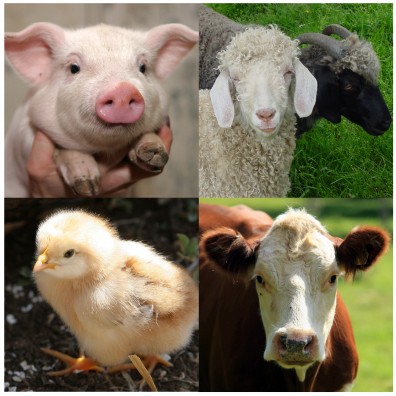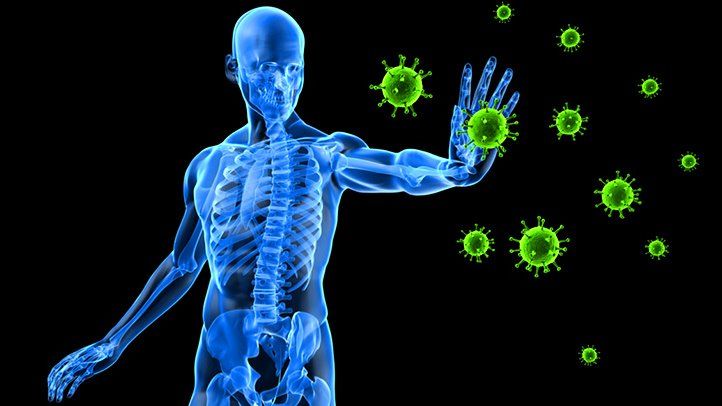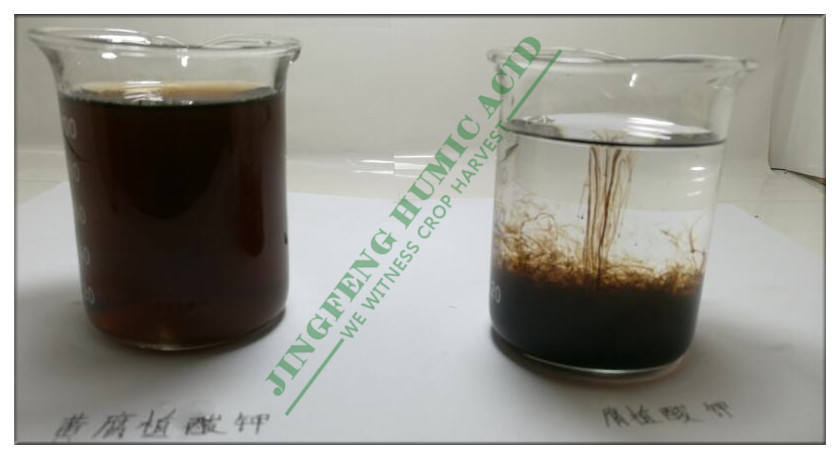Physical and chemical characteristics of sodium humate feed additives
Practice in domestic and abroad has proved that sodium humate is not only a good biostimulants, but also a widely used drug in feed additives. Up to now, the composition and structure of sodium humate are not completely clear.
It is known that humic acid molecules contain benzene ring,fused ring, bridge connection among aromatic rings.There are various functional groups on aromatic ring, mainly carboxyl, phenolic hydroxyl group, potassium oxygen group, quinone group and so on. Because sodium humate has such a complex molecular structure, it is possible to show a variety of physical, chemical and biological properties.
 As humic acid itself has a large molecular weight and can be associated with larger particles in a certain medium. Sodium humate molecules have many phenolic hydroxyl groups. Its weak alkalinity and strong ion exchange ability make it have high chelating ability and buffering ability.
As humic acid itself has a large molecular weight and can be associated with larger particles in a certain medium. Sodium humate molecules have many phenolic hydroxyl groups. Its weak alkalinity and strong ion exchange ability make it have high chelating ability and buffering ability.
The phenolic quinones structure on sodium humate molecules, which can participate in the electron transfer system of biological redox.These physical and chemical characteristics may also affect the function of biological macromolecules. Resulting in physiological and pharmacological activities.
Functions of humic acid feed additives
We studied the effects of sodium humate on gastrointestinal motility and gastric ulcer in animals. Using black carbon powder as indicator. We observe the effect of sodium humate to animal intestine activities by measuring the percentage propulsion of normal animals. Compound difenol uptake in animal intestinal propulsion inhibition and sodium humate uptake in animal spleen deficiency diarrhea model.
Sodium humate can inhibit gastrointestinal motility in normal animals and rhubarb-induced animal diarrhea models. And it has obvious synergistic effect on the weakening of gastrointestinal motility in compound diphenoxylate-induced animals. Further more it has protecting effect on gastric mucosal damage caused by anhydrous ethanol.
There was no significant difference in ulcer index and ulcer inhibition rate between the high dose sodium humate and the positive control ranitidine. The results showed that sodium humate feed additives had no acute toxicity. Have anti-diarrhea, anti-gastric ulcer and protection of gastric mucosa. The practical application shows that sodium humate is effective in veterinary medicine.





